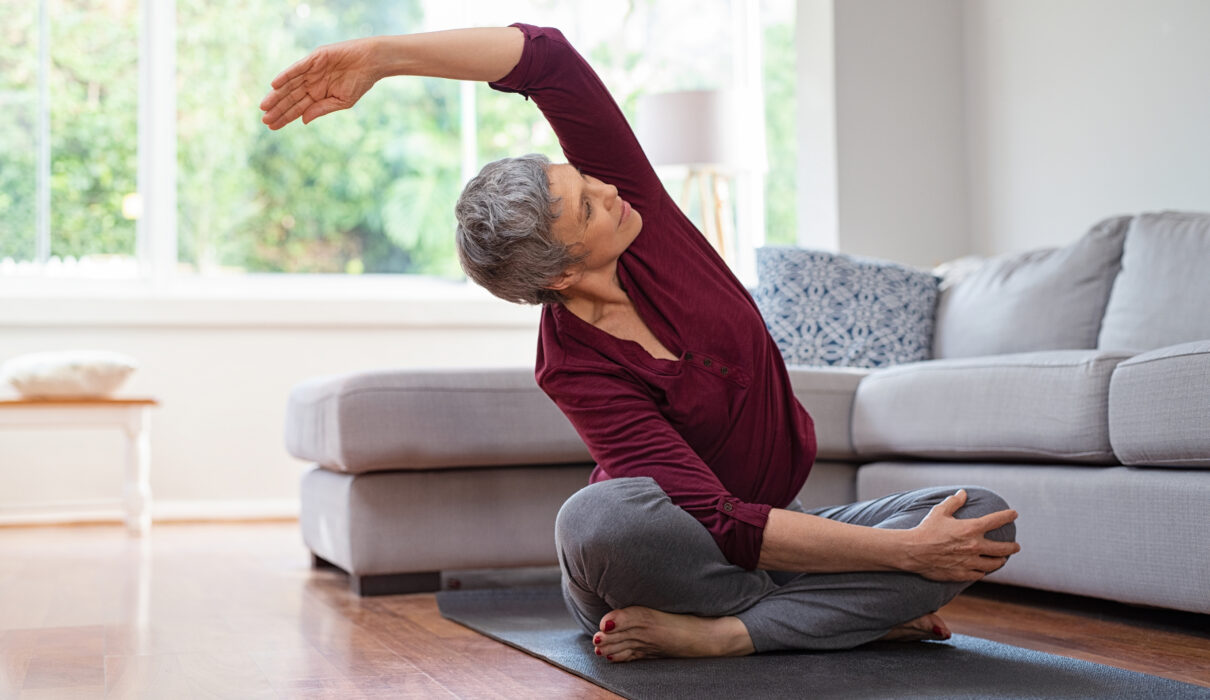Haemorrhoids are a common yet uncomfortable condition that affects millions of people. Whether you’re an avid gym-goer or just trying to stay active, you might wonder if exercise will help or worsen the problem. The good news? Physical activity can support better circulation, aid digestion, and even reduce haemorrhoid symptoms—when done correctly. However, certain exercises can increase pressure in the rectal area, leading to discomfort or exacerbating the condition. If you’re struggling with persistent symptoms, seeking advice from a colorectal surgeon is essential. Many options exist for haemorrhoid treatment, including lifestyle adjustments, medications, and in some cases, haemorrhoid removal.
So, what’s the best approach? Let’s explore the dos and don’ts of exercising with haemorrhoids.
How Exercise Affects Haemorrhoids
Regular physical activity is crucial for maintaining good overall health, including digestive function. Since constipation is a major cause of haemorrhoids, exercise plays a key role in preventing and managing symptoms by keeping bowel movements regular. Moderate exercise can:
- Improve circulation, reducing pressure in the veins around the rectum.
- Strengthen core and pelvic muscles, which can support better bowel control.
- Help maintain a healthy weight, reducing strain on the lower body.
- Reducing stress, which can be a key factor in a haemorrhoid flare-up.
However, not all exercises are beneficial. High-intensity workouts that put excessive pressure on the abdomen and rectum—such as heavy weightlifting or high-impact sports—can make haemorrhoids worse, especially if you are post-partum. Knowing which exercises to embrace and which to avoid can make all the difference.
Best Exercises for Haemorrhoids
If you’re dealing with haemorrhoids but want to stay active, the following exercises are gentle yet effective:
- Walking – A simple yet powerful exercise, walking encourages blood flow, supports digestion, and helps prevent constipation. Aim for at least 30 minutes a day.
- Swimming – Water-based activities provide a full-body workout without putting strain on the rectal area. Swimming is particularly beneficial for those with existing haemorrhoids.
- Yoga & Stretching – Certain yoga poses can relieve pressure in the pelvic region and improve blood circulation. Poses like the child’s pose, legs-up-the-wall pose, and deep squats can be helpful.
- Kegel Exercises – Strengthening the pelvic floor can improve bowel control and prevent excessive straining during bowel movements.
- Cycling (With Modifications) – While traditional cycling may worsen haemorrhoid discomfort, using a soft, padded seat and limiting time in the saddle can make it a safer option.
Exercises to Avoid
While some exercises help with haemorrhoid symptoms, others can aggravate the condition. Be cautious with:
- Heavy Weightlifting – Straining while lifting can increase pressure in the rectal veins, worsening haemorrhoids. If you lift weights, use proper form and avoid holding your breath.
- High-Impact Sports – Running, jumping, and intense squats can cause jarring movements that irritate haemorrhoids.
- Sit-Ups & Crunches – These movements put direct pressure on the rectal area, potentially making symptoms worse.
If you experience discomfort during any exercise, stop and reassess your routine. Modifying movements and incorporating lower-impact activities can help you stay active without increasing haemorrhoid pain.
Exercising Safely with Haemorrhoids
To keep exercise comfortable and effective, follow these tips:
- Stay hydrated – Drinking plenty of water supports digestion and reduces constipation.
- Wear loose clothing – Tight, restrictive clothing can trap heat and moisture, leading to irritation.
- Practice good bathroom habits – Avoid straining during bowel movements, as this can worsen symptoms.
- Use proper form – If lifting weights, use proper technique and breathe out as you exert force.
- Listen to your body – If an activity causes discomfort, adjust or switch to a gentler option.
When to Seek Professional Help
If haemorrhoid symptoms persist despite lifestyle changes, consulting a colorectal surgeon can help determine the best haemorrhoid treatment for you. While minor haemorrhoids can often be managed with home remedies, more severe cases may require haemorrhoid removal through minimally invasive procedures.
Ignoring persistent symptoms can lead to further complications, so don’t hesitate to seek medical advice if needed.
The Bottom Line: Can Exercise Help or Harm?
Exercise can be a powerful tool in managing haemorrhoids—but only when done correctly. Choosing low-impact activities like walking, swimming, and yoga can improve circulation and support digestive health while avoiding high-pressure movements like weightlifting and running can prevent worsening symptoms.
For those experiencing persistent discomfort, consulting a colorectal surgeon can provide clarity on the best haemorrhoid treatment options. Whether it’s lifestyle adjustments, medical treatments, or haemorrhoid removal, the right approach can significantly improve your quality of life.


